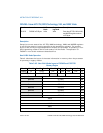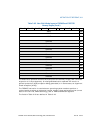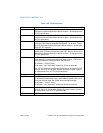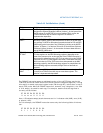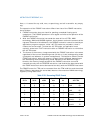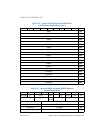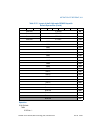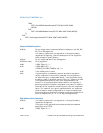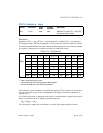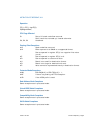
3-426 Vol. 2A FXSAVE—Save x87 FPU, MMX Technology, SSE, and SSE2 State
INSTRUCTION SET REFERENCE, A-M
THEN
DEST ← Save64BitPromotedFxsave(x87 FPU, MMX, XMM7-XMM0,
MXCSR);
ELSE
DEST ← Save64BitDefaultFxsave(x87 FPU, MMX, XMM7-XMM0, MXCSR);
FI;
ELSE
DEST ← SaveLegacyFxsave(x87 FPU, MMX, XMM7-XMM0, MXCSR);
FI;
Protected Mode Exceptions
#GP(0) For an illegal memory operand effective address in the CS, DS,
ES, FS or GS segments.
If a memory operand is not aligned on a 16-byte boundary,
regardless of segment. (See the description of the alignment
check exception [#AC] below.)
#SS(0) For an illegal address in the SS segment.
#PF(fault-code) For a page fault.
#NM If CR0.TS[bit 3] = 1.
#UD If CR0.EM[bit 2] = 1.
If CPUID.01H:EDX.FXSR[bit 24] = 0.
#UD If the LOCK prefix is used.
#AC If this exception is disabled a general protection exception
(#GP) is signaled if the memory operand is not aligned on a
16-byte boundary, as described above. If the alignment check
exception (#AC) is enabled (and the CPL is 3), signaling of #AC
is not guaranteed and may vary with implementation, as
follows. In all implementations where #AC is not signaled, a
general protection exception is signaled in its place. In addition,
the width of the alignment check may also vary with implemen-
tation. For instance, for a given implementation, an alignment
check exception might be signaled for a 2-byte misalignment,
whereas a general protection exception might be signaled for all
other misalignments (4-, 8-, or 16-byte misalignments).
Real-Address Mode Exceptions
#GP(0) If a memory operand is not aligned on a 16-byte boundary,
regardless of segment.
If any part of the operand lies outside the effective address
space from 0 to FFFFH.
#NM If CR0.TS[bit 3] = 1.



